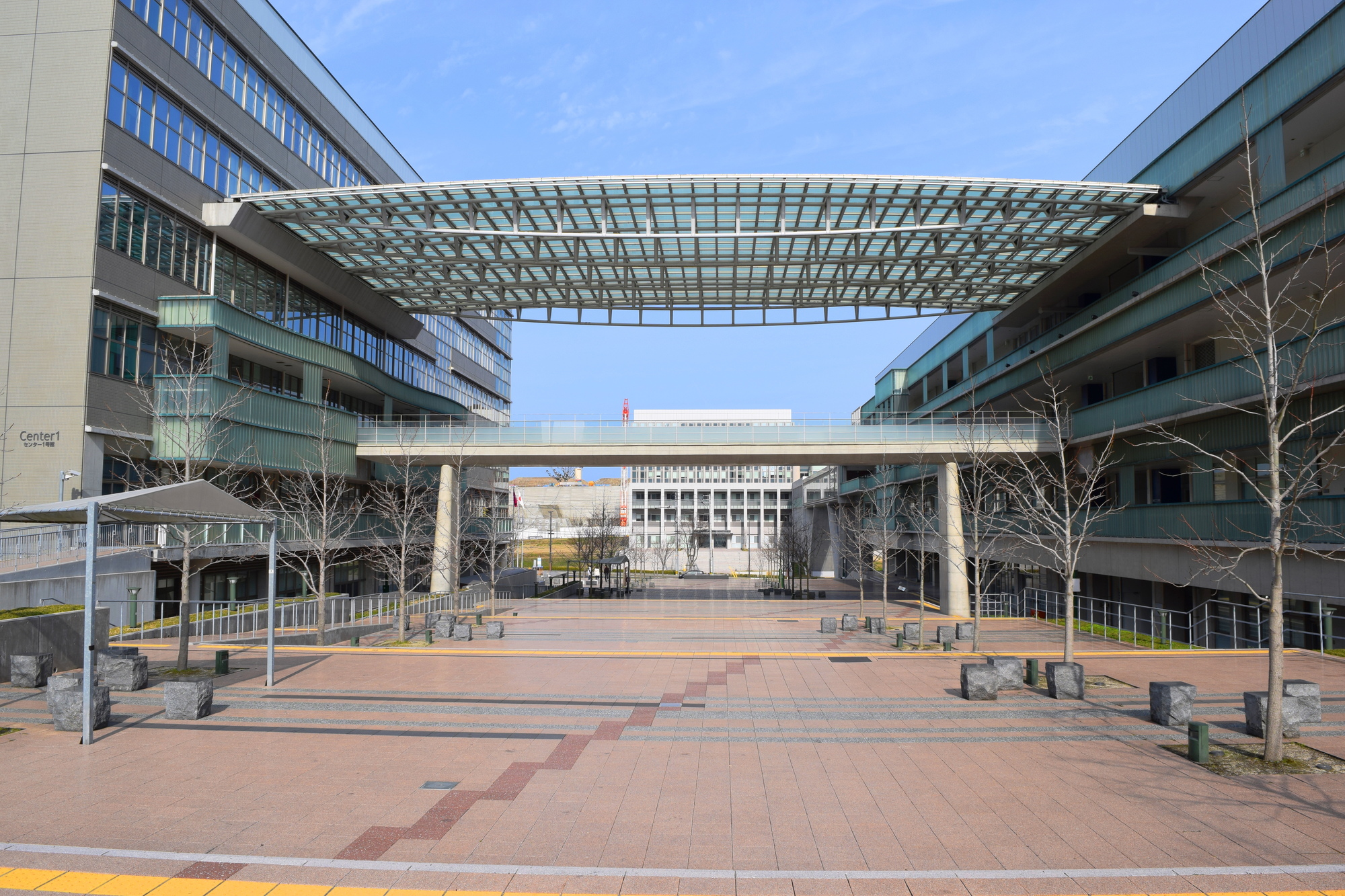The research group of Keiko Yasumatsu and Yuzo Ninomiya, Associate Professor of the Center for Five Senses Applied Devices, Kyushu University, found that the taste cells of the tongue of mice have sensors and nerves that convey the difference between sugar and artificial sweeteners. I found.
The sugars contained in carbohydrates are converted to glucose (dextrose) by salivary amylase and disaccharide-degrading enzymes in the taste cell membrane.This time, the group's research revealed that glucose-responsive sensors are located in the taste cells of the tongue of mice, and that there are nerves that connect to those cells and convey the difference from other tastes.
According to research reports, about 3% of all sweet nerves have nerves that connect to sweet cells that specifically express sodium-glucose cotransporters (SGLTs) in the chorda tympani nerve of the mouse tongue.It is believed that these nerves detect sugars.The glucose response of these nerves was enhanced by the addition of NaCl (salt) and suppressed by the administration of the SGLTs inhibitor phlorizin.Also, it did not respond to artificial sweeteners.
On the other hand, about 3% of the other sweet nerves are nerves that respond to artificial sweeteners, and phlorizin does not work, and T1R3-KO mice genetically engineered to not express the sweet umami receptor T1R3 do not respond. rice field.The remaining 4% responded to both artificial sweeteners and glucose, and phlorizin suppressed the glucose response.
This suggests that nerves connected to sweet cells that specifically express SGLTs detect sugars, and nerves connected to other sweet cells transmit information on various sweet substances (general sweetness) to the brain. ..
From this result, it became clear that there is a system in which sugar is sensed by the taste device in the oral cavity.The researchers previously reported that mice can distinguish between sugar and artificial sweeteners, which may be due to the SGLTs found this time and the specific neural action that conveys their taste.
In the future, we would like to promote the involvement of taste in digestion and absorption and blood glucose control, and the elucidation of the mechanism of taste and addiction to sugar.
Paper information:[Act a physiologica] Sodium-glucose cotransporter 1 as a sugar taste sensor in mouse tongue

